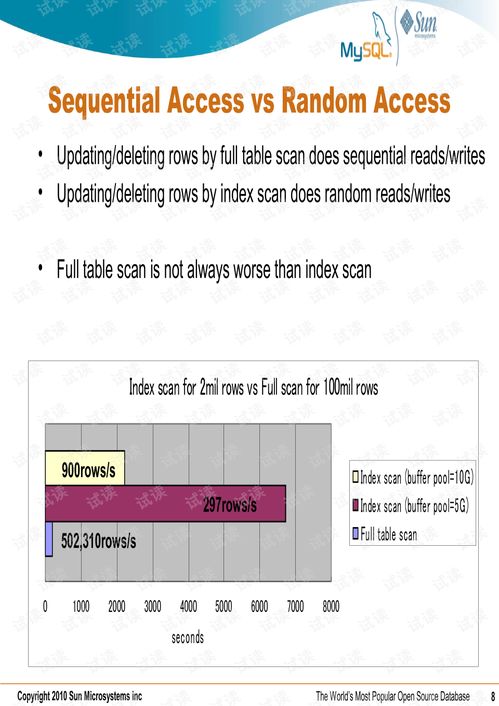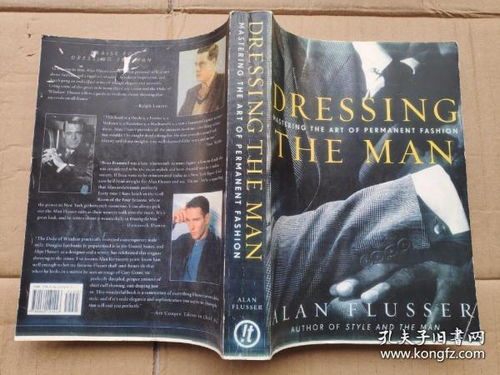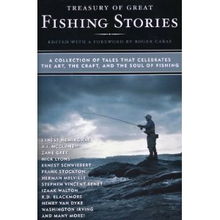
Content:
Introduction: Fishing is an ancient and beloved pastime that has been enjoyed by people of all ages for centuries. Whether you're a seasoned angler or a beginner looking to cast your line into the water, understanding how to properly bait and fish is crucial for a successful and enjoyable experience. In this article, we will delve into the essential techniques and methods for how to correctly bait your hook and cast your line, ensuring you're ready to reel in the big catch.
Choosing the Right Bait: The first step in mastering the art of fishing is selecting the appropriate bait. The type of bait you choose will depend on the fish you're targeting and the environment you're fishing in. Here are some common types of bait and their uses:
- Live Bait: Live bait, such as worms, minnows, or crickets, is often the most effective for catching fish. These natural foods mimic the fish's natural prey and can be highly attractive.
- Artificial Bait: Artificial lures, such as spinners, spoons, and jigs, can be used to attract fish that are more elusive or to cover more water. They come in various colors, shapes, and sizes to mimic different fish species.
- Dead Bait: Dead bait, such as cut bait or fish parts, can be used when live bait is not available. It's important to ensure the bait is fresh and appealing to the fish you're targeting.
Attaching the Bait to the Hook: Once you've chosen your bait, it's time to attach it to the hook. Here's how to do it correctly:
- Start by threading the line through the eye of the hook.
- Place the bait on the hook, ensuring it is centered and secure.
- For live bait, use a bait holder or a split shot to keep the bait in place.
- For artificial bait, follow the manufacturer's instructions or use a bait holder or a simple knot to attach the lure to the line.
Casting Your Line: Casting your line is a skill that takes practice, but with the right technique, you can improve your casting accuracy and distance. Here's how to cast your line correctly:
- Hold the rod with both hands, keeping the reel in your dominant hand.
- Position the rod at a 45-degree angle to the water, with the tip pointing slightly towards the target.
- Take a deep breath and then release it while casting, allowing the line to flow smoothly from the reel.
- Use a wrist flick to propel the line forward, and follow through with a smooth, continuous motion.
- Practice casting in different directions and distances to improve your technique.
Presenting the Bait: Once your line is cast, it's time to present your bait to the fish. Here are some tips for successful bait presentation:
- Allow the bait to sink to the desired depth before starting to retrieve it.
- Vary your retrieve speed and motion to mimic the natural movement of the bait.
- Pay attention to the water conditions and adjust your technique accordingly.
- Be patient and wait for the fish to take the bait before setting the hook.
Setting the Hook: When a fish bites, it's crucial to set the hook quickly and effectively. Here's how to do it:
- As soon as you feel a tap or pull on the line, immediately lift the rod tip to set the hook.
- Use a quick, upward motion to ensure the hook is properly embedded in the fish's mouth.
- Keep the rod tip high and maintain tension on the line to prevent the fish from escaping.
Reeling in the Catch: Once you've successfully set the hook and the fish is on the line, it's time to reel it in:
- Keep a steady pressure on the line to prevent the fish from pulling away.
- Use a net or your hands to guide the fish towards the shore or boat.
- Be prepared to handle the fish gently and safely, especially if it's a protected species or if you're not experienced in handling fish.
Conclusion: Mastering the art of baiting and fishing techniques requires patience, practice, and a keen understanding of the fish you're targeting. By following these steps and honing your skills, you'll be well on your way to becoming a proficient angler. Remember to always respect the environment and the fish you're catching, and enjoy the peaceful and rewarding experience that fishing has to offer. Happy fishing!












